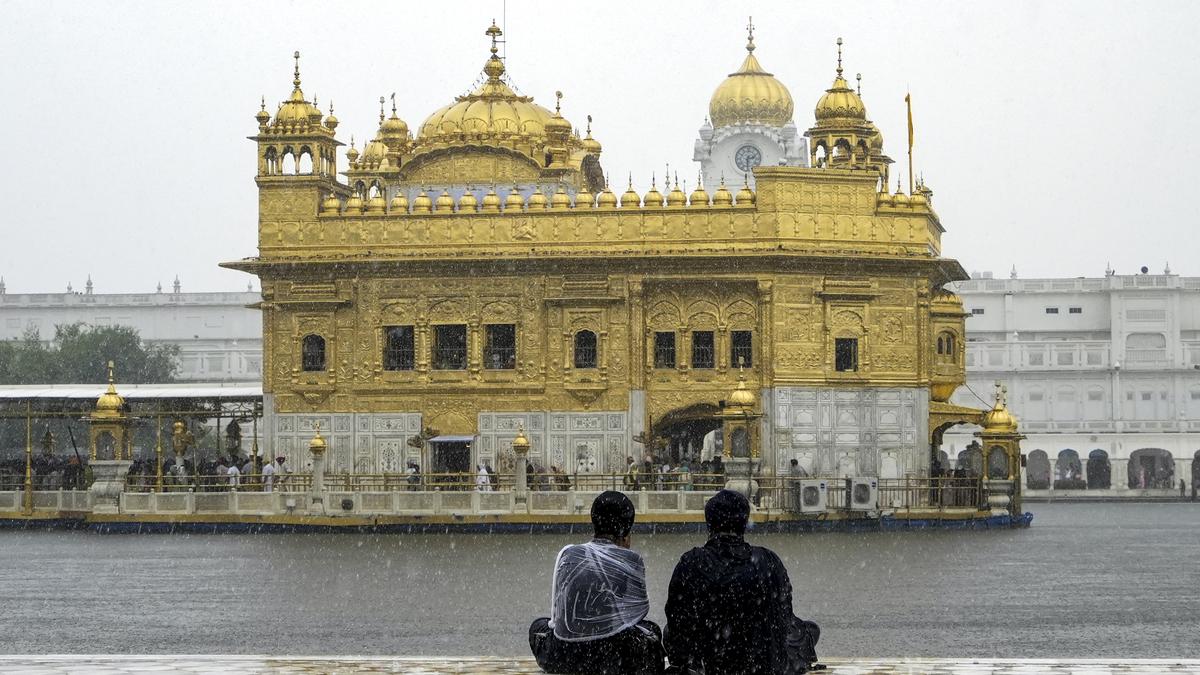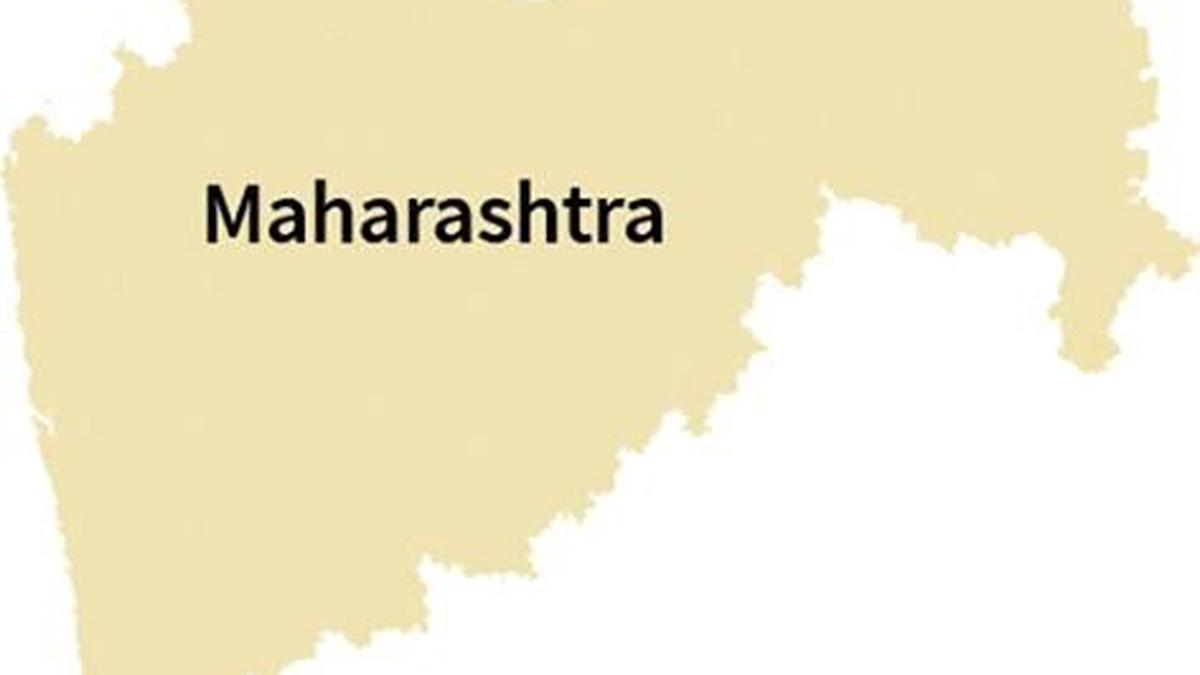Nearly four years after introducing digital attendance system for MNREGA workers and three years after making it mandatory, the government has discovered a whole range of ways the National Mobile Monitoring System (NMMS) platform used for the purpose is being “misused” and has now added four layers of analog monitoring to plug the holes.
On July 8, the Union Rural Development Ministry issued a 13-page note to the State governments on the issue.

As per the Ministry’s note, there were at least seven ways that the NMMS is allegedly being gamed, which, the government said, was undermining the credibility of the digital attendance system and leading to “potential misuse of public funds”. The Ministry also cautioned that “no relaxation will be given in matters concerning the misuse or manipulation of NMMS”.

Under NMMS, geo-tagged photographs of the workers are to be uploaded twice a day. First when they arrive for work and then at the end of their shift. Only exception for the second round of photographing is offered at sites with 20 or below workers. It was found that “irrelevant or unrelated photographs” were being uploaded. In many cases, “photo-to-photo capturing instead of live work images” was being done.

There was also “mismatch in actual vs recorded count”. A mismatch in gender composition of workers was found at several work sites. The same photo of workers in multiple muster rolls, mismatch in workers in morning and afternoon photos and non-uploading of photos in the afternoon session are the other discrepancies flagged by the Rural Development Ministry.
The Ministry has directed the States to ensure that these photographs and attendance of workers is verified at gram panchayat, block, district and State level. At gram panchayat level, they want 100% verification of the present workers. The percentage of physical verification of the uploaded photographs of workers reducing at different levels. So, while at the block level, 20% of the photos at random need to be verified, at the district level, this number is down to 10%, and at State level to 5%.
The other significant change is that the government now allows for editing the muster rolls before making the wage bill. So far, this could be done only at the District Collector’s level, who also took action in case of complaints. Such amendments of the muster rolls were rare.
Chakradhar Buddha, senior researcher, LibTech India, said that what was meant to be a technology-driven, corruption-resistant system is now entirely dependent on manual checks by frontline workers. “This defeats the very purpose of introducing a digital attendance system,” he added. The government’s directions, he said, will be difficult to comply. “During the summer months, especially in Adivasi areas where large-scale MGNREGA work takes place, thousands of NMMS photos are generated daily. Verifying these images demands staff capacity and technical infrastructure that simply don’t exist on the ground,” Mr. Buddha said.



.png)
.png)
.png)
















 2 hours ago
3
2 hours ago
3








 English (US) ·
English (US) ·